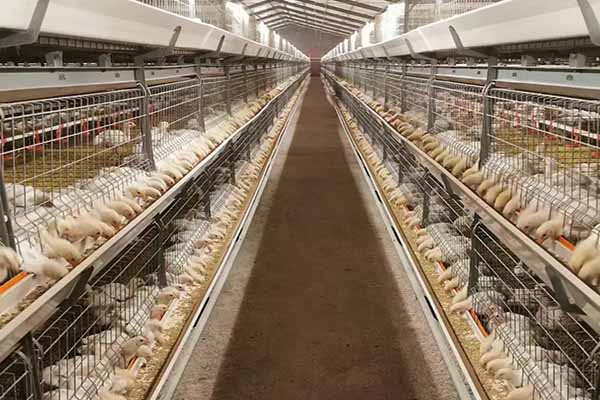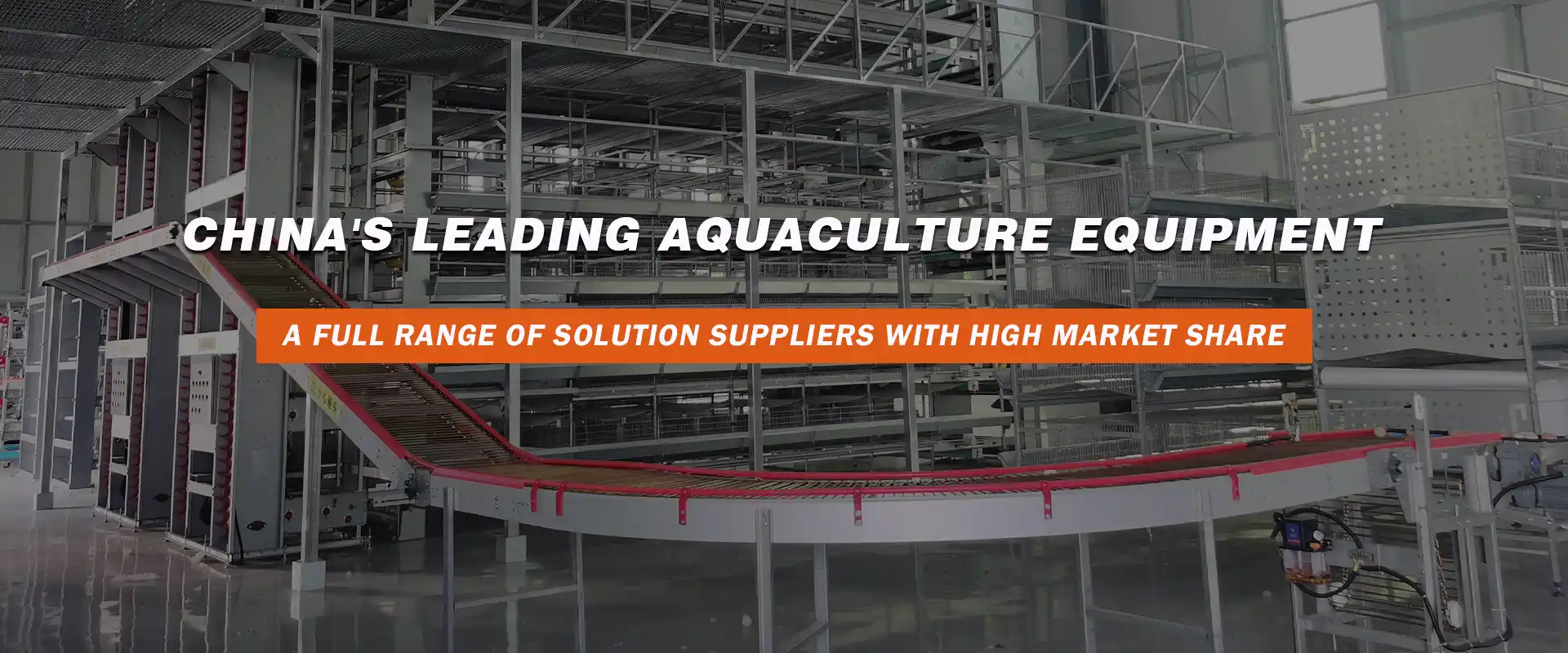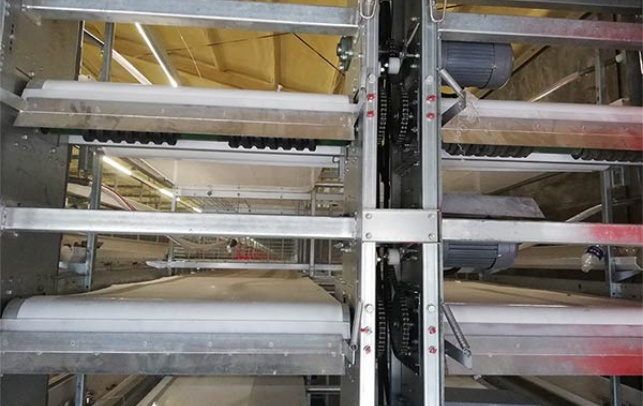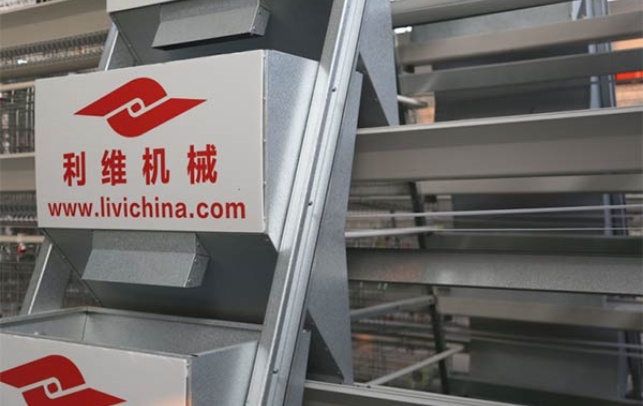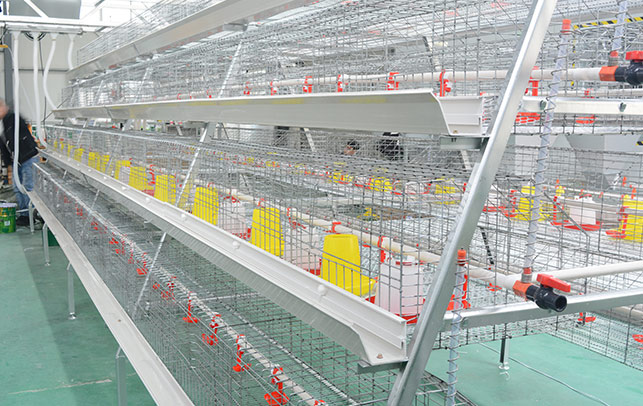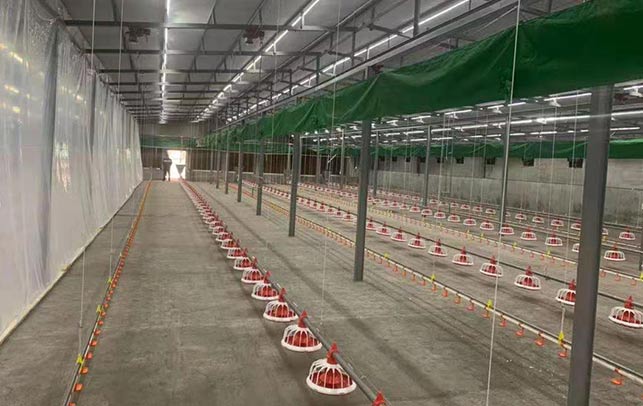Kenya Chicken Farm Automation Equipment: Labor Cost Saving Analysis
Time : 2025-07-23
At Livi Mechanical Equipment, a leading poultry equipment manufacturer from China, we understand the challenges and opportunities that come with the automation of chicken farms in Kenya. As the demand for efficient and cost-effective solutions grows, we have conducted an in-depth analysis of the potential labor cost savings through the integration of automation equipment. Let’s dive into the details.
—
In the heart of Kenya, chicken farming has become a significant sector, providing livelihoods for thousands of families. However, the traditional methods of chicken farming have limitations, particularly in terms of labor-intensive processes. This is where automation equipment comes into play, promising not only efficiency but also substantial savings on labor costs.
Understanding the Landscape
Kenya’s chicken farming industry is diverse, ranging from small-scale family farms to large commercial operations. The common thread among all these farms is the need for reducing labor costs while maintaining productivity. Here’s a breakdown of the key aspects:
Current Practices
Currently, most chicken farms in Kenya rely on manual labor for tasks such as feeding, cleaning, and monitoring the health of the chickens. This manual process is time-consuming and often prone to human error, leading to inefficiencies and higher operational costs.
The Need for Automation
Automation offers a solution to these challenges. By automating various tasks, farms can reduce their dependency on manual labor, improve efficiency, and, most importantly, cut down on labor costs.
The Role of Livi Mechanical Equipment
As a Chinese manufacturer specializing in poultry equipment, Livi Mechanical Equipment has developed a range of automation equipment designed to cater to the needs of Kenyan chicken farms. Our products include:
– Automatic Feeding Systems: These systems ensure precise and timely feeding, reducing the need for constant monitoring and manual feeding.
– Automated Cleaning Equipment: Our cleaning systems can handle the daily cleaning tasks, reducing the labor required for this aspect of chicken farming.
– Health Monitoring Systems: Our advanced health monitoring systems can detect any signs of illness in chickens early, preventing larger scale outbreaks and reducing the need for extensive manual intervention.
The Cost-Benefit Analysis
To understand the impact of automation on labor costs, let’s consider a typical chicken farm in Kenya:
Labor Costs Before Automation
– Feeding: 3 staff members, 8 hours/day, 5 days/week = 120 hours/week, 480 hours/month
– Cleaning: 2 staff members, 6 hours/day, 5 days/week = 60 hours/week, 240 hours/month
– Monitoring: 1 staff member, 10 hours/day, 7 days/week = 70 hours/week, 280 hours/month
Total Monthly Labor Cost: $6,000
Labor Costs After Automation
– Feeding: 1 staff member, 4 hours/day, 5 days/week = 20 hours/week, 80 hours/month
– Cleaning: 1 staff member, 3 hours/day, 5 days/week = 15 hours/week, 60 hours/month
– Monitoring: Automated system, no need for staff
Total Monthly Labor Cost: $1,800
Savings Analysis
The integration of automation equipment from Livi Mechanical Equipment can result in a significant reduction in labor costs:
– Feeding: Savings of $1,800 per month
– Cleaning: Savings of $1,200 per month
– Monitoring: Savings of $5,200 per month
Total Monthly Savings: $8,200
Conclusion
The integration of automation equipment in chicken farms in Kenya offers a clear path to substantial labor cost savings. By automating labor-intensive tasks, farms can achieve higher efficiency, reduce their operational costs, and invest in growth opportunities.
At Livi Mechanical Equipment, we are committed to providing high-quality automation solutions that help chicken farms in Kenya thrive. Our products are designed to be user-friendly, durable, and cost-effective, ensuring that our clients get the best return on their investment.
—
